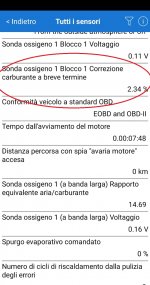I purchased a used "rapid bike easy" control unit. This control unit intervenes on the lambda probe signal, the intervention allows intervention on the AFR when the ECU works in closed-loop. This control unit is universal and the only thing that changes to adapt to the various models is the wiring. The wiring that was supplied to me together with the control unit was for a Piaggio scooter. I redid the cable with the specific connectors for the lambda. For now I can say that the bike has started and the control unit has its status LED which correctly detects the probe. The lights on the motorcycle did not come on. I was afraid of doing damage but I correctly detected the functioning of the 4 probe cables (GND, VCC, Lambda signal and heater).
I'm happy


I'm happy



